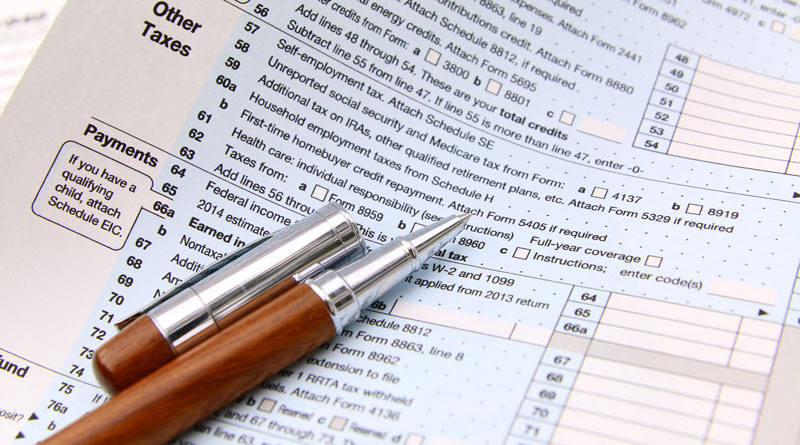Comptroller Stringer Proposes Tripling New York City’s Earned Income Tax Credit Contribution, Lift 15,000 Families Out Of Poverty

Increasing the City's EITC match from 5% to 15% of the Federal credit would boost the average tax credit in NYC by close to $220
Changes would pump millions of dollars directly into the local economy
(New York, NY) – In a speech today before the Association for A Better New York and in an accompanying report, New York City Comptroller Scott M. Stringer proposed tripling the City’s Earned Income Tax Credit (EITC) contribution from 5 percent to 15 percent of the Federal tax credit. This proposal would lift 15,000 additional families out of poverty, inject millions of dollars to the local economy, and help one million children and two million adults living near the poverty line to make ends meet.
“It is simply unconscionable that in the richest city in the world, one-fifth of our residents are living below the poverty line,” Comptroller Stringer said. “The Earned Income Tax Credit is among the most effective anti-poverty programs in America, and New York City is in a position to greatly increase its impact. Tripling the City’s EITC contribution would help stimulate our local economy — uplifting small businesses, neighborhoods, and above all, our families.”
Currently, low income New Yorkers may be eligible for three separate Earned Income Tax Credits:
- The Federal EITC, which refunds a percentage of the individual’s Federal income tax;
- The New York State EITC, an additional tax credit on the individual’s State income tax, which is worth 30 percent of the Federal EITC; and
- The New York City EITC, a third tax credit on the individual’s City income tax, which is currently worth 5 percent of their Federal EITC.
Comptroller Stringer’s proposal would increase the City’s credit from 5 percent to 15 percent of the Federal EITC. This increase requires both a change in State law and action by the City.
The need for a larger City EITC is real – 20 percent of New Yorkers live below the poverty line, but in certain neighborhoods, like Mott Haven and Hunts Point in the Bronx, that number jumps to more than 40 percent. A recent study by Columbia University showed that 60 percent of households in the City – more than 4 million New Yorkers – will have difficulty covering rent, affording medical treatment, or putting food on the table this year.
The report outlines how an expanded City EITC program would benefit millions of New Yorkers living below or near the poverty line. Specific findings include:
- Increased EITC contributions would lift 15,000 additional families above the poverty line;
- On average, each New Yorker who receives the EITC would see their tax credit grow from $110 to $330;
- The maximum EITC in New York City would be $9,090 – an increase of $627;
- 6,000 New Yorkers would see their City income tax effectively eliminated;
- More than one million children and two million adults living near the poverty line would receive a larger tax credit;
- Stimulate our local economy, injecting an additional $200 million in EITC spending.
In his speech, Comptroller Stringer also underscored the historic impact the EITC’s has had on our City. Last year alone, with the City’s EITC contribution at 5 percent of the Federal EITC, the program put $2.8 billion back into the pockets of 950,000 hardworking New Yorkers and pulled 150,000 families out of poverty.
“Government should invest in programs that work, and year after year the EITC has gotten results,” Comptroller Stringer said. “For roughly one-quarter of one percent of the City budget, we can lift thousands of families out poverty, inject millions of dollars into the local economy, and provide a brighter future for one million children. We can help all of our businesses and families get ahead, if we act decisively, right now.”
###